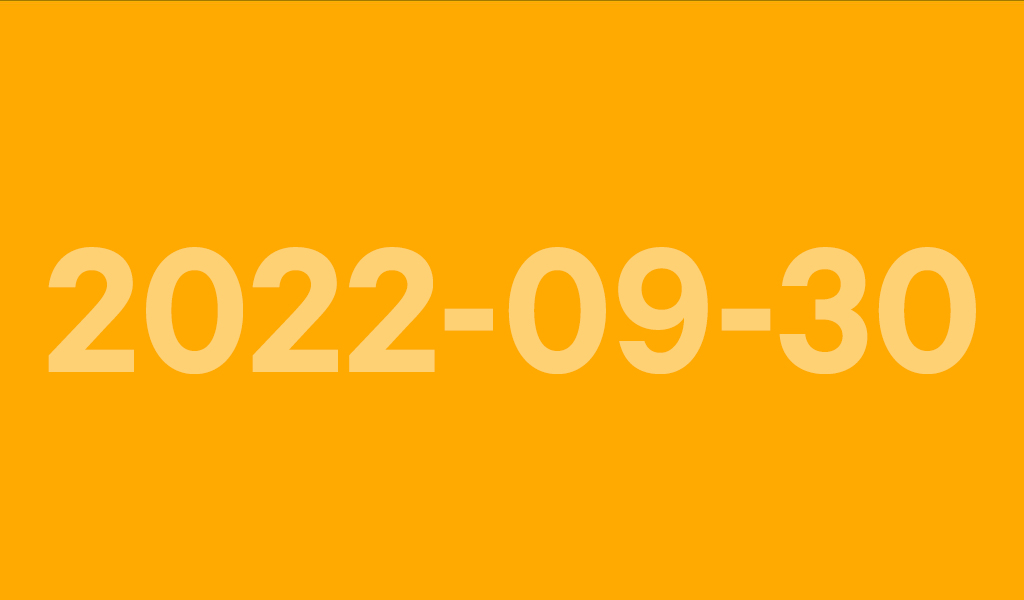2022 National Day for Truth, Justice and Reconciliation

2022 National Day for Truth, Justice and Reconciliation
Our Commitment to Truth, Justice and Reconciliation
30 September 2021 (Toronto/Aterón:to/Tkarón:to)As this country advances the process of Reconciliation with First Nations and Indigenous Peoples, we have much to reflect on this day, our National Day for Truth and Reconciliation.
SvN builds upon a commitment to move forward with the spirit of Reconciliation. We continue to learn and understand First Nations and Indigenous values, traditional knowledge systems, community building, land stewardship and design practices. We value the importance of building respectful relationships with First Nations and Indigenous Peoples and organizations. And we are eager to meaningfully engage and listen, while supporting and advocating for First Nations and Indigenous Peoples throughout our project work.
Canada's colonial foundations define its history. Despite the pre-existence of Indigenous nations on this continent, each with their own cultures, traditions, and legal orders, the British and French claimed sovereignty upon arrival, and the subsequent creation of the Canadian state was facilitated by what can be described as cultural genocide. The combined removal of Indigenous peoples from their traditional territories, the Indian Act, subsequent land theft and displacement, Indian hospitals and residential schools, other events like the Sixties Scoop, and numerous ongoing land disputes demonstrate the need for settlers--otherwise known as non-Indigenous populations--to reflect on the outcomes experienced by Indigenous peoples and question how they might further the process of Reconciliation. Without Reconciliation, the process of colonization effectively continues.
Historian Isaiah Lorado Wilner describes culture as a process rather than a product. In other words, Indigenous peoples are not static peoples or communities frozen in time. They are diverse. They are dynamic. They are now. So how can planners and designers best facilitate Reconciliation by centering Indigeneity, without depending on western colonial structures in the process? A commitment to a fully authentic process of Reconciliation will bear this out.
Indigeneity refers to embedding Indigenous norms, values, and legal orders as they relate to the land into our social structures. Indigenous communities have been deprived of material benefits shared by the broader Canadian public through environmental racism and other factors. The focus of the Truth and Reconciliation Commission of Canada (TRC) and its seminal 2015 report (TRC) is not only designed to fix inequalities across Canada but to dismantle colonial structures and advance self-determination of Indigenous peoples. Recommendation 43 in the TRC's Calls to Action is the adoption of the United Nations Declaration on the Rights of Indigenous People ("UNDRIP") where Article 31 (1) provides "the right to determine and develop priorities and strategies for the development or use of lands and other resources."
As a solutions-based and regenerative-thinking planning and design firm, the concepts of "land" and "community" are seminal to SvN. As architects, landscape architects, designers, and planners, we help our clients transform the land to connect, house, and enhance communities. We believe that the most challenging design issues are defining the problems. Through listening, engagement and a lot of hard work, we are committed to advancing the process of Reconciliation. We recognize the Dish with One Spoon Covenant, an agreement that epitomizes our collective responsibility to each other and Mother Earth.
We thank First Nations, Indigenous Peoples, and their descendants who are stewards of this land, and we acknowledge their spiritual connection to the land and water. We must learn from these caretakers and share the responsibility to make decisions today that sustain our world for the seventh generation.
SvN is located in Toronto and Vancouver. The word "Toronto" is derived from the Mohawk word Tkarón:to, which occupies the lands covered by Treaty 13 (1805), also known by the colonizers as the Toronto Purchase, an agreement between the Crown and the Mississaugas of the Credit First Nation. It is also on lands covered by the Williams Treaty (1923), signed with multiple Mississaugas and Chippewa bands of the Anishinaabe nation. These lands have been cared for, for thousands of years by many Nations, including the Mississaugas, the Anishinaabeg, the Chippewa, the Haudenosaunee, the Huron Wendat, the Métis, and the Inuit. Vancouver is situated on the traditional territories of three local First Nations: the unceded traditional territories of the hən̓q̓əmin̓əm̓ and Sḵwx̱wú7mesh speaking peoples, the xʷməθkʷəy̓əm (Musqueam), Sḵwx̱wú7mesh (Squamish), and səlilwətaɬ (Tsleil-Waututh) Nations, and has been stewarded by them since time immemorial. The term "unceded" acknowledges the dispossession of the land and the inherent rights that Musqueam, Squamish and Tsleil-Waututh hold to the territory.